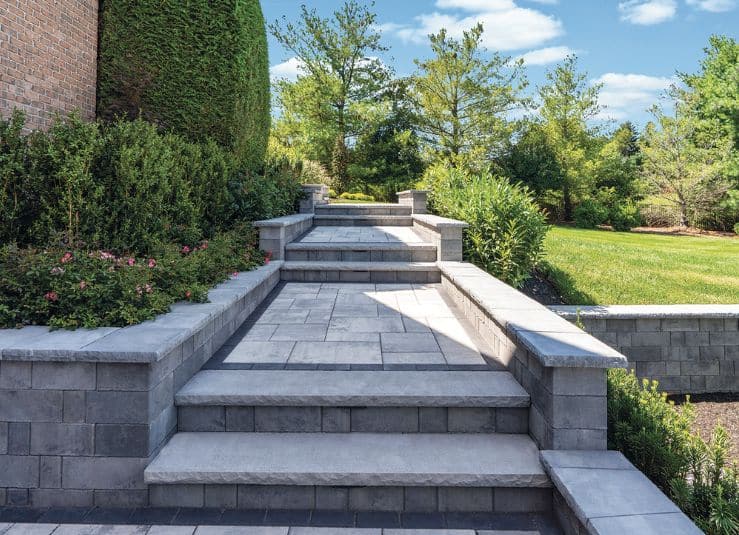Introduction
Garden steps play a crucial role in landscape design, providing safe and attractive access across different levels of your outdoor space. One of the most important aspects to consider when building garden steps is their width. The width affects not only the aesthetic appeal but also the functionality and safety of your steps. This article explores the ideal garden steps width based on expert recommendations, user comfort, and landscaping principles. Whether you are designing new steps or renovating existing ones, understanding the right dimensions will help you create a durable and user-friendly garden path.
Why Garden Steps Width Matters
Choosing the correct width for garden steps is essential for several reasons:
- Safety: Wider steps allow more space for foot placement, reducing the risk of slips and falls.
- Comfort: Steps that are too narrow can feel cramped and difficult to navigate, especially when carrying gardening tools or plants.
- Aesthetic Balance: Proper width ensures the steps integrate harmoniously with the surrounding landscape and garden features.
- Accessibility: Wider steps accommodate multiple users simultaneously and can be more accessible to people with mobility challenges.
What is the Standard Garden Steps Width?
Recommended Minimum Width
The standard minimum width for garden steps is generally 36 inches (about 91 cm). This measurement allows one person to comfortably ascend or descend without feeling restricted.
Wider Steps for Enhanced Usability
For gardens with higher foot traffic or where you want a grander appearance, widths of 42 to 48 inches (107 to 122 cm) are ideal. These dimensions allow two people to walk side-by-side and provide extra space for carrying materials or equipment.
Custom Widths
In some cases, garden steps can be customized to fit the landscape:
- Narrow spaces: Steps as narrow as 24 inches (61 cm) can work but are less comfortable and should be used cautiously.
- Large landscapes: Steps wider than 48 inches can function as seating areas or social spaces, blending beauty with practicality.
Factors Influencing Garden Steps Width
Terrain and Slope
Steeper slopes benefit from wider steps to ensure safer footing. Shallow or gradual slopes may allow narrower steps without compromising safety.
Material Choice
Different materials affect the perception and functionality of step width:
- Natural stone: Larger slabs can create wider steps but might require more maintenance.
- Wood: Allows flexibility in width but needs regular upkeep.
- Concrete: Can be formed to precise widths and shapes, offering design versatility.
Intended Use and Traffic
Consider who will use the garden steps and how often. Family gardens may need standard widths, while public or frequently used gardens warrant wider, more durable steps.
Expert Tips for Designing Garden Steps Width
- Follow local building codes: Some regions have regulations specifying minimum widths for outdoor steps.
- Combine width with proper tread depth and riser height: A step width is most effective when balanced with comfortable step height (riser) and depth (tread).
- Incorporate handrails where necessary: Wider steps paired with handrails enhance safety, especially on steeper inclines.
- Use landscaping to complement step width: Flanking steps with plants or lighting can enhance perception and usability.
Conclusion
Determining the ideal garden steps width is key to creating a safe, comfortable, and visually pleasing outdoor space. A minimum width of 36 inches suits most residential gardens, while wider steps improve usability and aesthetics, especially in larger or more trafficked areas. By considering factors like terrain, materials, and user needs, you can design garden steps that not only look great but also stand the test of time and use. Always prioritize safety and local guidelines to ensure your garden steps serve you well for years to come.
